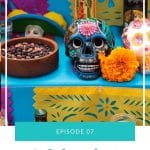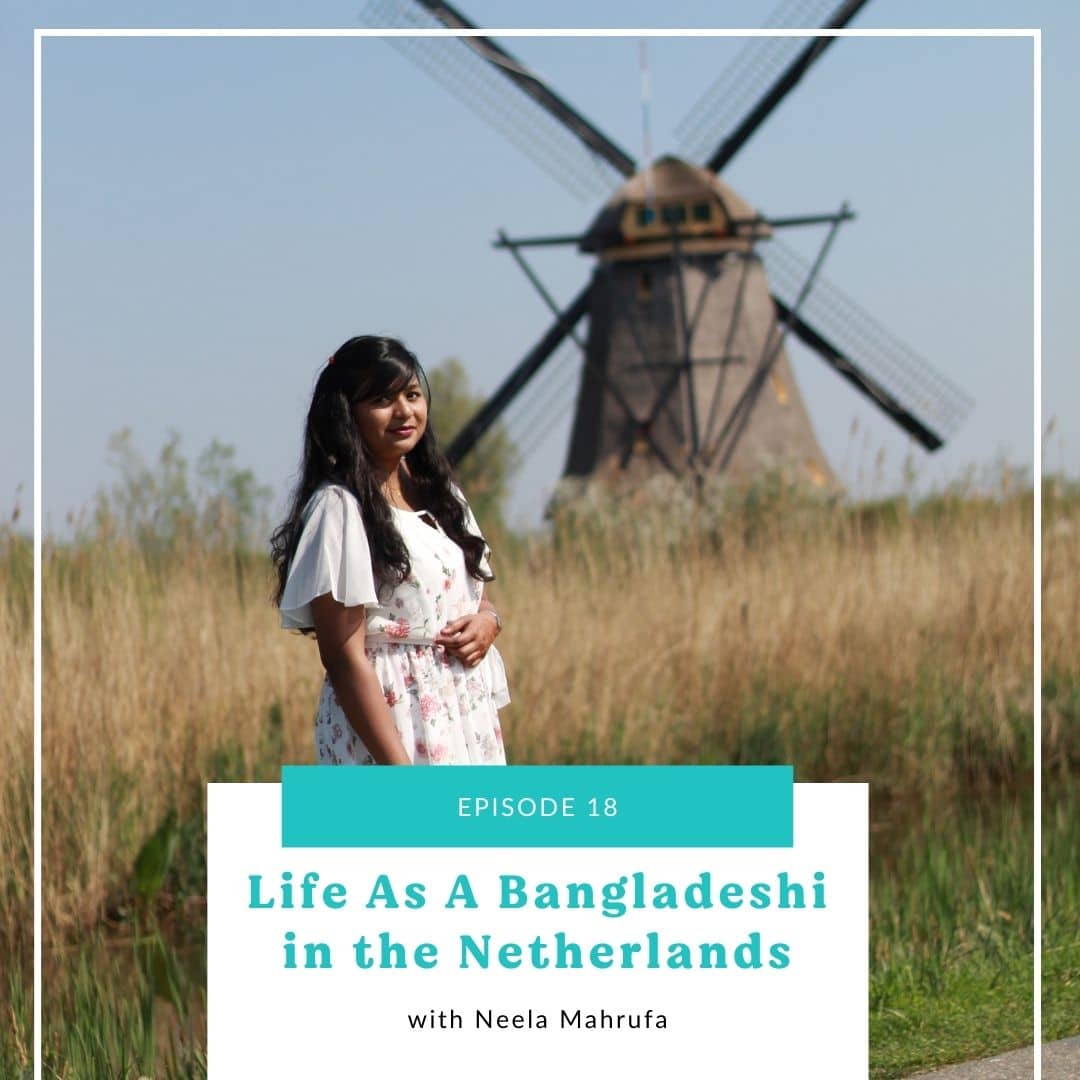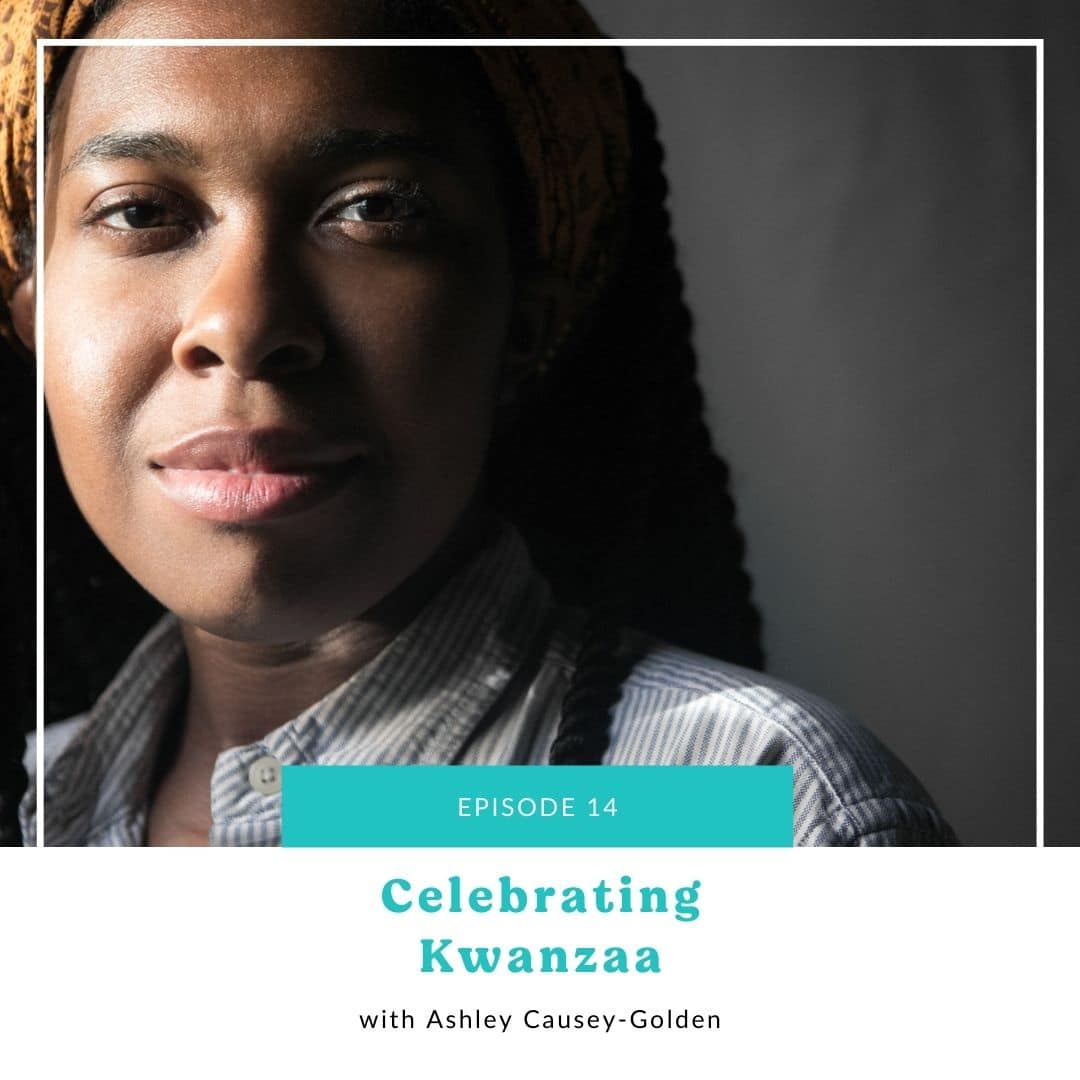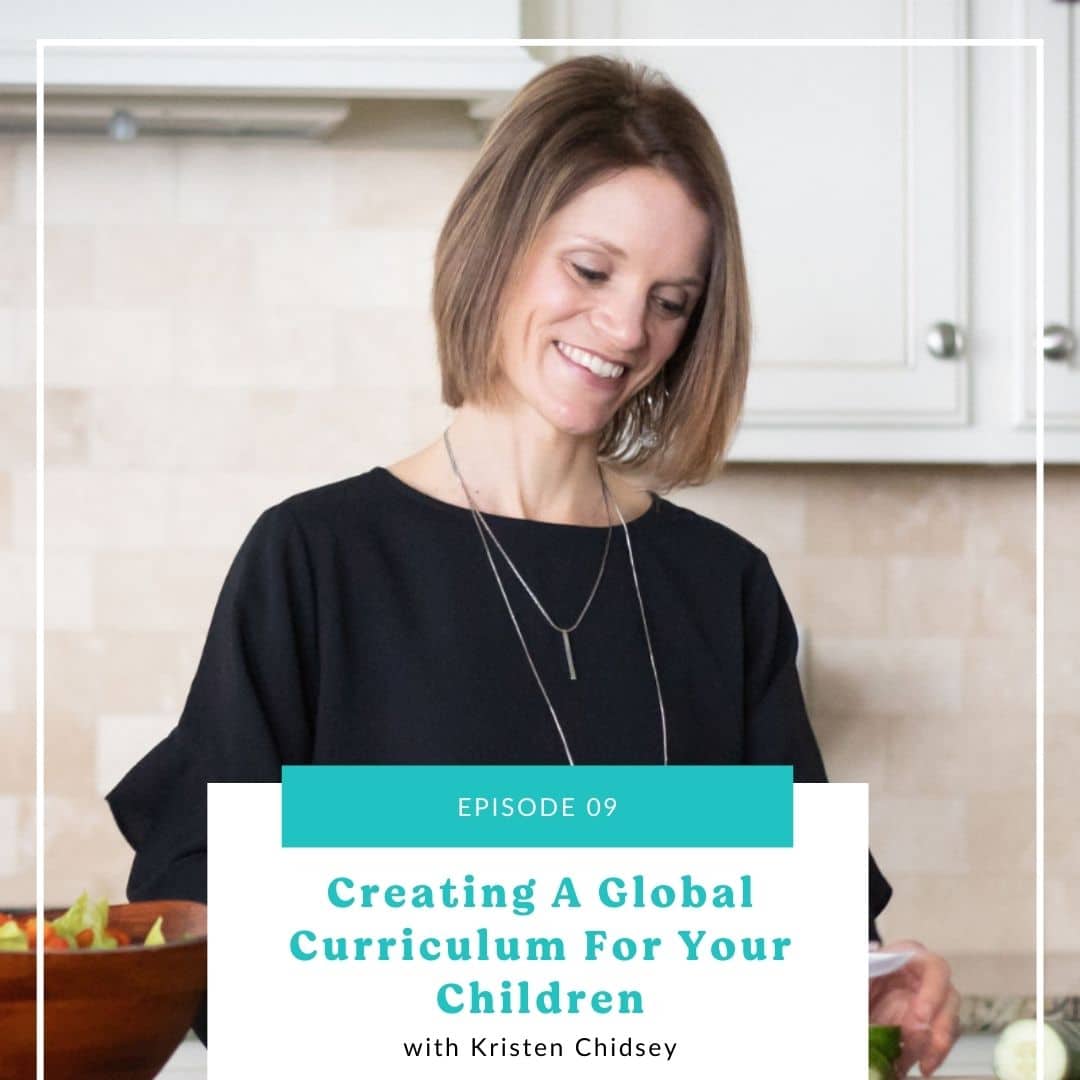07: Celebrating Day of the Dead
Learn about the history and symbolism of Día de los Muertos or Day of the Dead and ways to celebrate it that are both culturally appropriate and easy for families to do no matter where they live.
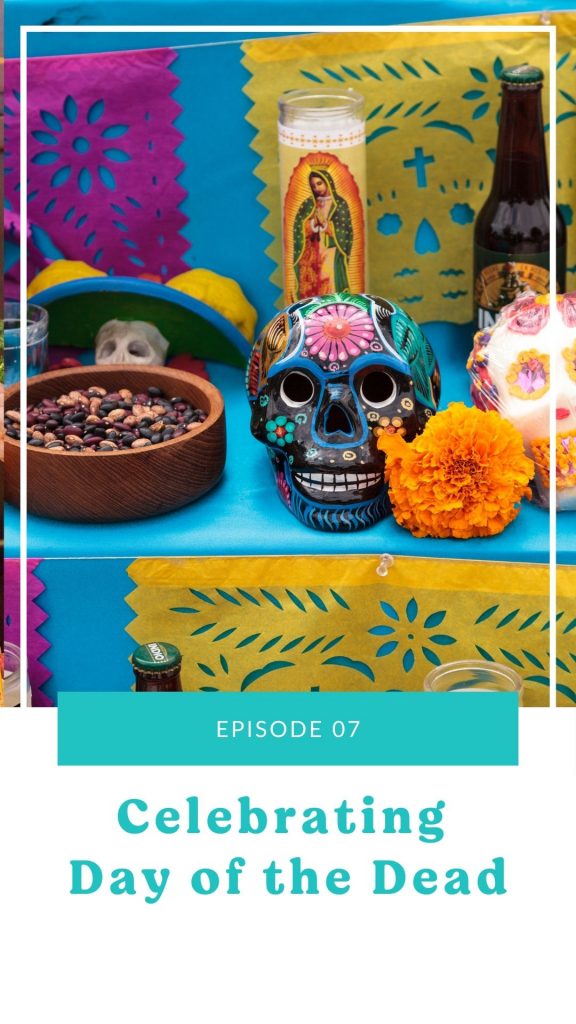
Day of the Dead is an often misunderstood holiday. Being so close to when Halloween is celebrated it’s purpose is lost. Learning about Día de Los Muertos helps us to understand it’s importance in Mexican culture.
It is also a wonderful holiday for all families to celebrate because of it’s emphasis on family. You can use my Day of the Dead virtual field trip to teach your children about this holiday before celebrating it with them.
Table of contents
A brief review of the history
The modern day celebration of Day of the Dead is rooted in ancient pre-Colombian cultures of the Aztecs, Mayans and Toltecs where celebrations extended well past the current two days. When the Spaniards arrived and Roman Catholicism spread, the ancient celebrations merged with the Christian “All Saint’s Day” which is celebrated on November 1st and All Souls’ Day celebrated on November 2nd.
Today, many Mexicans and Mexican-Americans choose to honor those who were children when they died on November 1st and those who were adults on November 2nd. The belief is that on their respective days, the spirits of the deceased ancestors can come and reunite with their families and enjoy the celebrations.
While some might see such celebrations as a grim reminder of death, Day of the Dead is a celebration and reminder of the lives of family and friends who are no longer with us. Michelle of Flora Familiar shared this quote from Rafael Jesus Gonzalez, “If we do not hold precious our dead, we may grow careless of our living.”
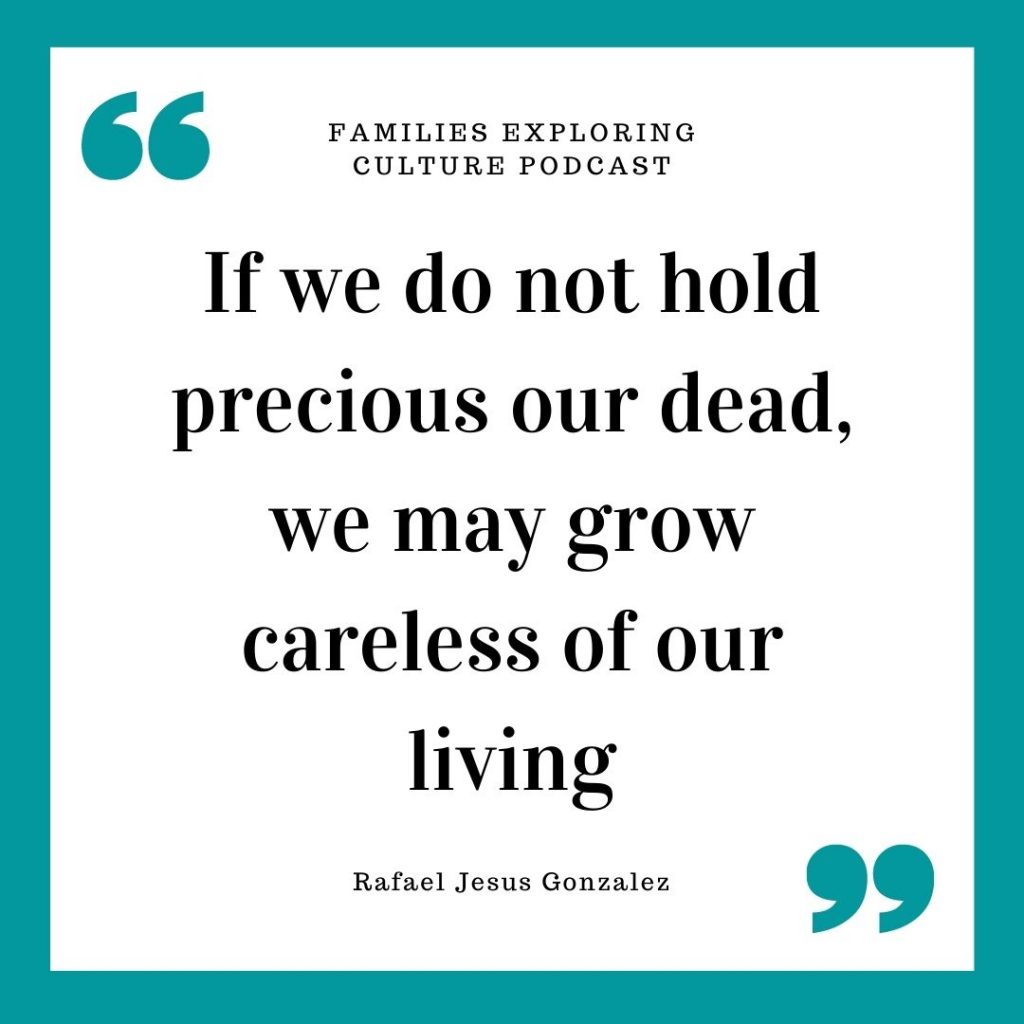
Discussing the symbolism
Understanding the symbolism inherently tied to Day of the Dead is so important! Altars, known as ofrendas, are loaded with symbolic decor like flowers, especially orange marigolds, candles, beautiful intricately cut paper banners called papel picado, pictures of the deceased ancestors, skulls called calaveras, and lots of food. Each of these represent a different element- air, earth, fire, and water.
For instance, in the case of calaveras, the skull or skeleton is an ancient symbol of rebirth into the next stage of life. Although you will find calaveras and skeletons in many forms including sweets and toys, they serve as a reminder that death is an inevitable part of the life cycle. The sugar in the candy skulls symbolizes the sweetness of life.
Flowers serve a dual purpose representing earth and as a reminder of the frailty of life. The orange marigolds, known as the flor de muerto or flowers of the dead, are bright and fragrant and are meant to help guide the souls of the dead home.
Candles represent fire while the paper banners, papel picado, represent air and are another symbol of the fragility of life. Whether store bought or handmade, the holes can allow the spirits to travel through and visit.
The foods chosen are also important symbols of earth. Pan de muerto, or bread of the dead, is a sweet bread shaped to resemble a skull and crossbones. It is included along with other foods that were favorites with the deceased. Water, hot chocolate, or alcohol is also included because when the souls arrive they are thirsty from their journey.
Photos of ancestors are included because otherwise they would not be able to cross over to visit (as famously depicted in the movie Coco). If you do not have photos, Michelle of Flora Familiar suggests including original art, documents, gravestone rubbings, or heirlooms as alternative ways to include family members and “to rotate ancestors every year as a chance to get to meet new people.”
The website, Mexican Sugar Skull, has free downloadable Day of the Dead and Ofrenda Making information sheets that are a wonderful resource to share with family and friends.
Simple ways to celebrate
Day of the Dead celebrations will look different depending on where they are celebrated around the world. Celebrations can be as simple as attending mass and cleaning gravestones to the massive colorful festivities with family.
If you would like to celebrate Day of the Dead with your family, please respect the symbolism and traditions and be mindful of who you are supporting as you make your own ofrenda. This holiday is precious to Mexicans and is not just a fun holiday. Support local authentically made decor if you can, buy online from Mexican artisans, or follow DIY tutorials from native bloggers and artists.
No matter where you are in the world you can celebrate Day of the Dead by honoring the importance of connecting with our ancestors and strengthening the ties and understanding to their stories and their lives.
Here are some ways that you can honor that spirit:
- share pictures and stories of deceased family members, read their obituaries, or do some research to discover more about your ancestry
- create a little memory book with memories and pictures from extended family. Some questions to ask:
- What is your favorite memory of the person?
- What is something funny or odd they always did or said?
- What is a trait that they had that you admired?
- What kind of foods did they like? Favorite food or treat?
- learn more about where your ancestors came from. Where are they from? Did they always live in one spot or did they move or immigrate? What would life have been like during the time period they were alive?
- volunteer to clean your local cemetery or to clean the tombs or grave markers. If you are able to visit family grave sites, go and do headstone rubbings or take pictures to share with family.
- use a site like familysearch.org or ancestry.com to do family history research and see what you can find. Even if you can only find family members that you know of, see if you can build a more complete picture of their lives. Census records can tell a lot about a family member’s journey.
- Who did they live with? How many children did they have? How many siblings did they have? Did they own their own home? What kind of jobs did they have? Were they able to get an education?
The most important thing to remember about this holiday is to stay true to your ancestors and your roots. Honor and connect with them and their lives and remember it is a celebration! Have fun!
Thank you for joining me on this journey! Happy exploring!
Other episodes you may like
- Episode 03: Travel From Home
- Episode 05: Connecting Food and Global Learning
- Episode 01: Expanding our Understanding of the World
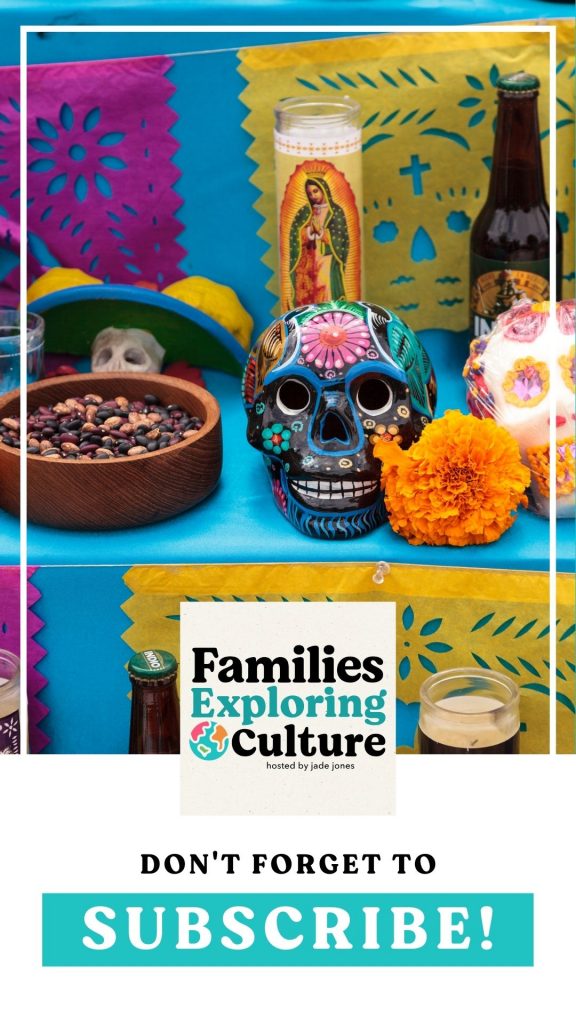
Listen to this episode here
Show notes links
Day of the Dead virtual field trip for kids
Los Angeles celebration of Day of the Dead
History and symbolism resources
https://www.history.com/news/day-of-the-dead-sweets-and-treats
https://dayofthedead.holiday/sugar-skull/the-meaning-and-importance-of-sugar-skulls
https://mexicansugarskull.com/pages/history-of-day-of-the-dead-dia-de-los-muertos
https://lajollamom.com/the-role-marigolds-play-in-dia-de-los-muertos/
https://blog.teleflora.com/meaning-flowers-dia-de-los-muertos/
Ofrenda decorating resources
https://www.instagram.com/florafamiliar/
https://craftychica.com/2014/08/75-dia-de-los-muertos-projects-patterns-inspirations/
https://growingupbilingual.com/25-easy-day-dead-diy-crafts/
Food resources
https://www.mexicoinmykitchen.com/pan-de-muerto-mexican-bread-of-dead/
https://growingupbilingual.com/10-traditional-day-dead-recipes-celebrating-dia-de-los-muertos/

